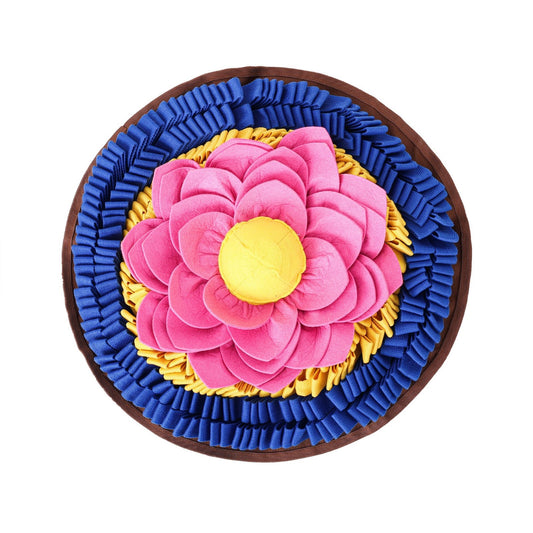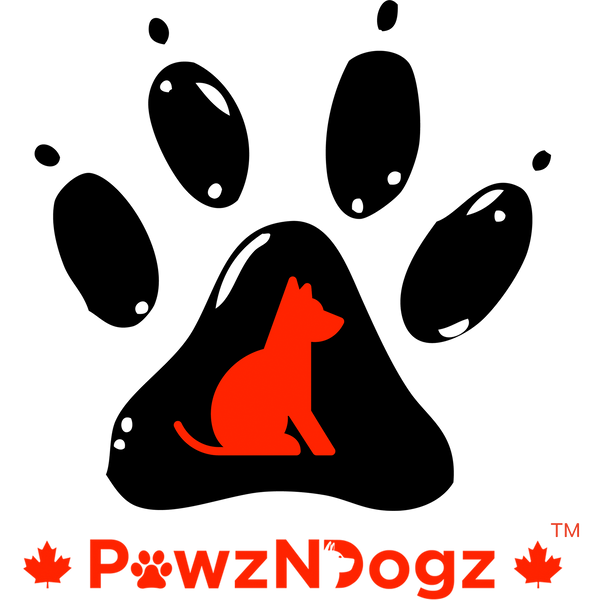Why Snuffle Mats?
-

Canine Enrichment
Canine enrichment is an excellent form of mental stimulation for dogs in absence of outdoor activity.
-

Enhances Natural Instincts
Snuffle mats engage the foraging instinct of dogs in a fun and rewarding activity while keeping their minds and senses occupied.
-

Metabolic Stimulator
Snuffle mats help in promoting slow and mindful eating and thus aid in a dog’s digestion.
-

Excellent Training Tool
These mats help in behavioral training of the dogs, building positive habits over the long run.

Delicious Avocado™ AntiBite Snuffle Mat

Divine Lotus™ AntiBite Snuffle Mat

Forbidden Grapes ™ Snuffle Mat

How it all started
Once upon a time, in the picturesque town of Acton, Ontario, Canada, our family-owned business was born out of pure passion and love for furry friends. It was the end of 2019, and I Smriti, coming from a background in Science and Biology Majors, took the leap of faith to pursue my lifelong dream.
I had always been fascinated by the concept of canine enrichment and wanted to create something that would keep my beloved fur baby, Princess, mentally active and strong. Just like how humans love to play games such as Crosswords, Sudoku, and Wordle to keep their minds agile, I believe that dogs also deserve...
Hear it from the experts:

Blogs
In the News














